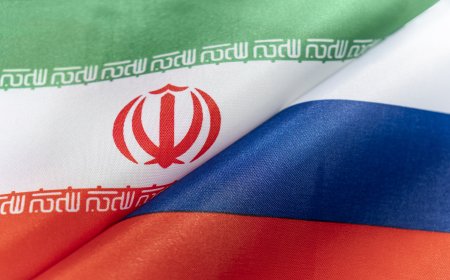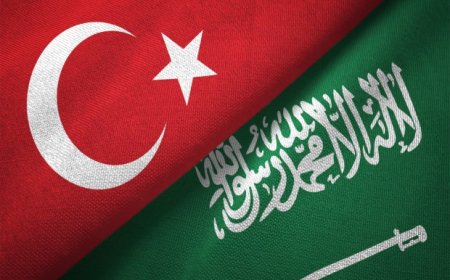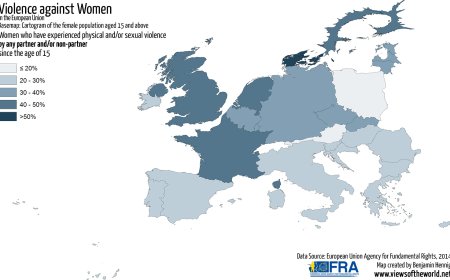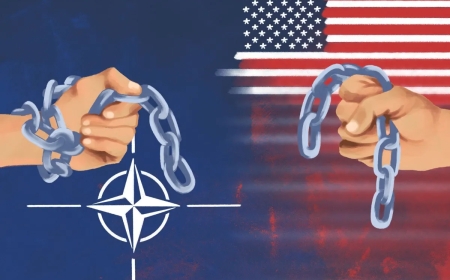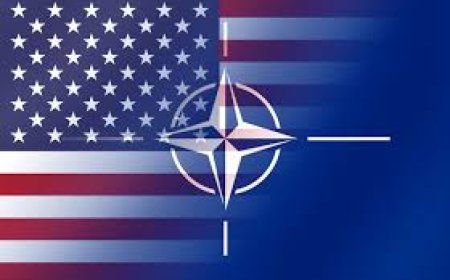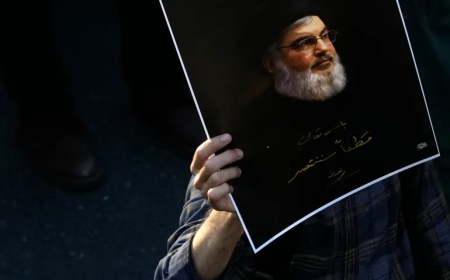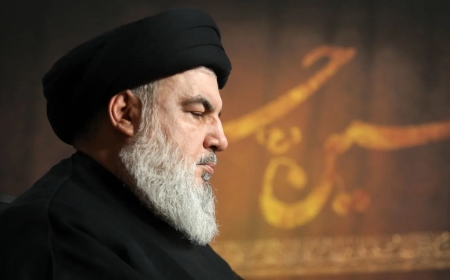The Israeli War on Gaza: US military Movements and the Axis of Resistance’s Deterrence Power
In a stunning turn of events that has captivated the world for nearly two weeks, the Palestinian people and their resistance groups have demonstrated a heroic stride in their quest for freedom against the Israeli regime, ignited by the Operation Al-Aqsa Storm.
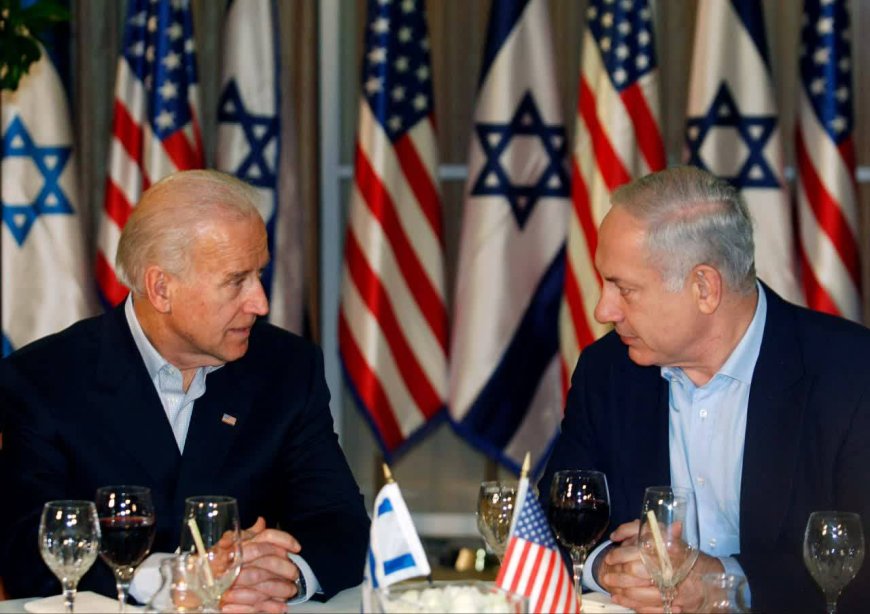
Hams’ astute tactics have thrust the Palestinian question to the forefront of global attention, shedding light on the cruel nature of the Israeli regime. Consequently, the Zionist regime has suffered significant humiliation, experiencing collapse across all levels of its military apparatus.
Amidst this tumultuous situation, the United States, feeling threatened, has made the decision to overtly involve itself in the Zionist regime's war campaign against the people of Gaza. The US Secretary of State, Antony Blinken, upon arriving in Tel Aviv, boldly declared that he was on a mission as a "Jew" rather than in his official capacity. Given the long-standing association between the Americans and the Israeli regime, the surprising Operation Al-Aqsa Storm compelled Americans to increase their weapons aid to Tel Aviv, thereby augmenting the intensity of attacks on innocent civilians and displaced individuals in Gaza.
The ongoing conflict between the Zionist regime and the Palestinian resistance has not only caught the Americans off guard but has also presented an opportune moment for the Biden administration and its allies to assert their declining dominance and act as a hegemon in the West Asian region.
However, their plans thus far have failed to materialize due to the US's shrinking influence in the area. Countries within the region have reached a consensus that supporting American policies is detrimental to their own national interests. One such plan proposed by the Americans, which was met with opposition from Arab nations, involved relocating one million residents of the Gaza Strip to various countries such as Egypt, Saudi Arabia, Qatar, Jordan, and the UAE.
This sinister plan aimed to force the people of Gaza to uproot themselves from their fatherland. Despite extensive efforts by Blinken to convince Arab leaders to accept the displaced Palestinians, all countries, even Qatar, which agreed to accept a maximum of 500 Palestinians, rejected this American proposal. Consequently, the US failed to garner any regional support, with the exception of the Emirates.
In recent developments, the Israeli regime has announced its intention to wage a ground attack against the Gaza Strip. In this line, American military officials have confirmed that the US Department of Defense has ordered approximately 2,000 American soldiers to be prepared for deployment to the occupied Palestinian territories. Their role allegedly involves providing support, consulting, and medical assistance to Israeli troops rather than engaging in direct combat.
The Wall Street Journal, citing an American diplomat, reported that these soldiers are currently stationed both within and outside the Middle East, including Europe. The specific conditions under which the Pentagon would send these troops to the occupied Palestinian territories remain unclear. Nonetheless, this decision underscores Washington's commitment to deploy forces in the region to bolster a potential ground assault by the Zionist regime on the Gaza Strip. Hence, it is evident that the extensive military movements by the United States reflect the White House’s deep concerns about the future trajectory of the war, surpassing what is readily observable and also underscoring the deterrence power of the Palestinian resistance and its impact on global dynamics.
Today, the Iran-led Axis of Resistance is so interconnected that an attack on one is considered an attack on the other, as in confronting ISIS terrorists, all the members of this axis were united to fight against this US-baked militants. This clearly is a divine bliss for the West Asian region which assures its stability, peace and security, thwarting foreign interference while defending the oppressed communities.




